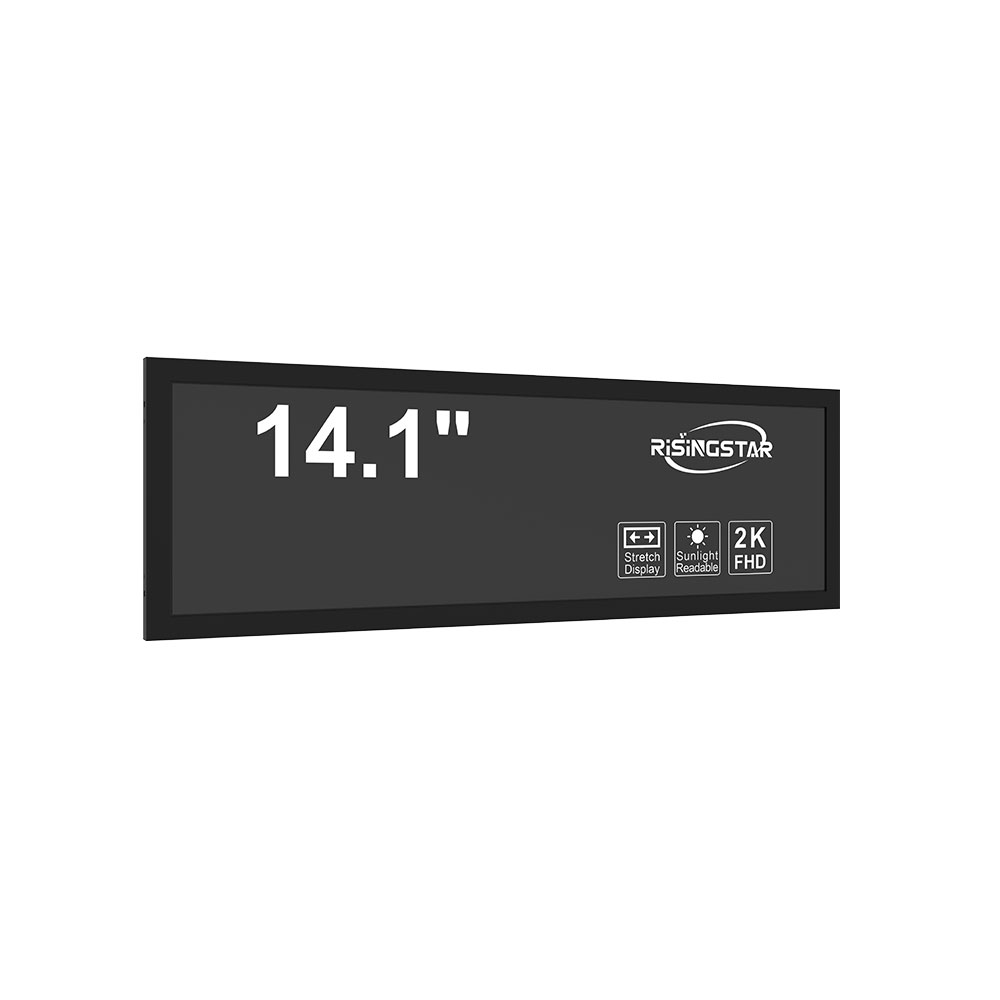- Home
- About Us
- Products
- News
- Video
- Contact
- Send Inquiry
Search
- Home
- About Us
- Products
- News
- Video
- Contact
- Send Inquiry

Strip screen series LCDs have become essential components in military, industrial, transportation, and outdoor monitoring systems due to their exceptional visibility under direct sunlight. These displays—available in sizes ranging from 14.1 inches to 86 inches—are engineered with high luminance (typically 5000–10,000 nits), anti-glare coatings, and wide temperature tolerance (-30°C to +70°C). The most commonly used sizes include 19", 21.2", 28", 37", 48.5", and 58.6", which balance portability, readability, and system integration needs across applications like command centers, UAV control panels, marine navigation, and solar farm monitoring.
Manufacturers such as LG, Samsung, and Sharp supply these screens using advanced technologies like transflective liquid crystal cells, LED backlighting with precision diffusers, and active matrix addressing for fast response times. For example, the 48.5" model is often deployed in mobile military command vehicles where ruggedization (IP65 rating), shock resistance, and power efficiency are critical. In contrast, the 86" ultra-large format is typically used in air traffic control towers or emergency operations centers, where multiple operators must simultaneously read real-time data under bright daylight conditions.
Case studies confirm that strip screens outperform standard LCDs by up to 90% in sunlight readability. A 2023 study by the U.S. Army Research Laboratory validated a 37.6" transflective strip screen’s performance in desert environments at noon, achieving 7,500 nits peak brightness while maintaining full color accuracy—an industry benchmark. Additionally, MIL-STD-810G compliance ensures durability against vibration, humidity, and dust, making them ideal for deployment in off-grid or remote locations.
These screens integrate seamlessly with embedded systems using LVDS, HDMI, or MIPI interfaces, allowing compatibility with modern processors like NVIDIA Jetson or Intel Atom. Their modular design enables quick replacement, reducing downtime in mission-critical systems. As energy-efficient LEDs and OLED alternatives emerge, strip screens remain the preferred choice for high-brightness applications due to proven reliability and cost-effectiveness.

The future of strip screen technology lies in adaptive brightness control, touch sensitivity in extreme temperatures, and integration with AI-driven visual analytics. With ongoing improvements in optical bonding and anti-reflective coatings, manufacturers are pushing the limits of display performance in hostile environments worldwide.